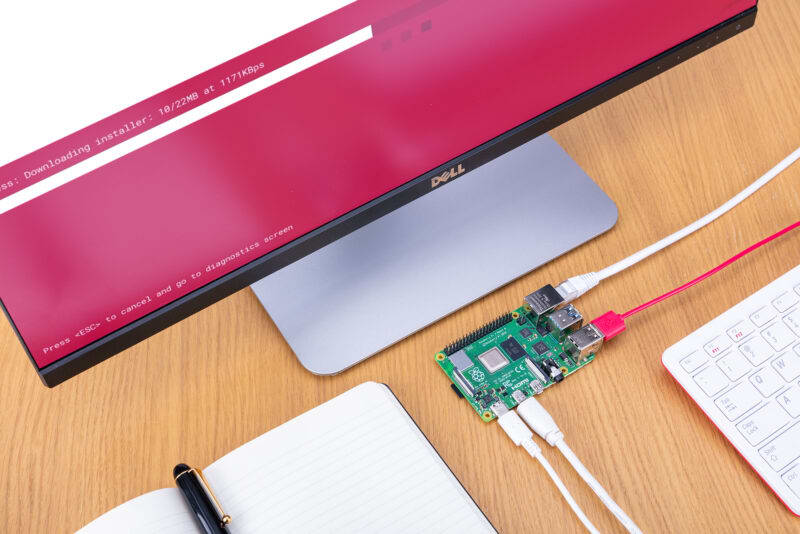 — Recommendations are independently chosen by Reviewed’s editors. Purchases you make through our links may earn us a commission.
— Recommendations are independently chosen by Reviewed’s editors. Purchases you make through our links may earn us a commission.Happy Pi Day! A lot of folks celebrate this momentous occasion with a slice of pie, sweet or savory, but Pi Day is a wonderful excuse to immerse yourself in a cool tech project with none other than the Raspberry Pi.
If you haven’t heard of the Raspberry Pi, it’s a tiny computer you can program to do a variety of tasks, like playing retro console games or making music. People of all ages have loved toying with it for years now, so we’ve dug up some beginner-friendly projects to introduce you to the magic you can create with a Raspberry Pi.
Before you venture off to tinker with your new gadget, make sure to set it up with an operating system—then read on.
Make a retro game console

This Raspberry Pi case looks just like the Nintendo Entertainment System console from the late 20th century.
RetroPie is one of the most popular Raspberry Pi projects, as it amasses a ton of emulators into one place to play all your old favorites. All you need is a Raspberry Pi, a case, a display, and patience.
Put your Raspberry Pi in a hollowed N64 cartridge for extra nostalgia feels. It’s a cheap, easy project to have fun with on the weekend. This guide does a great job of walking you through every step, from formatting the storage drive and installing games to configuring your controller.
Turn your printer into a wireless printer
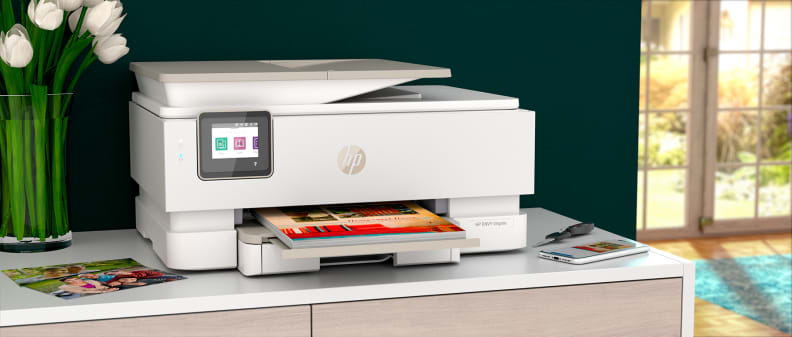
The Raspberry Pi can turn any printer into a wireless printer.
CUPS (Common Unix Print System) allows you to wirelessly connect to your Raspberry Pi and send print jobs directly to your printer. It’s especially convenient if you have a printer whose drivers normally refuse to work with your computer. All you need is a printer, a Raspberry Pi, and a wireless Internet connection.
Run your own file server
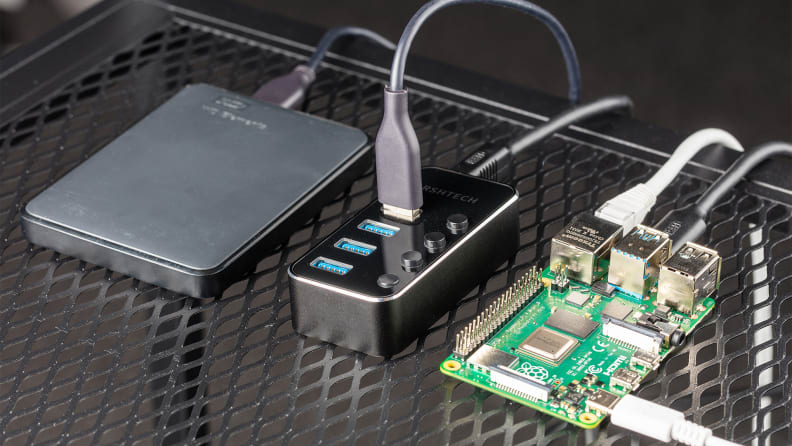
A NAS is the perfect solution for anyone concerned about cloud security since all your files will be stored locally.
NAS (Network-Attached Storage) servers let you store your files wirelessly onto local storage drives in your home or office. It’s almost like cloud storage, except you are the one maintaining the cloud’s physical existence (i.e. the server)—not Google, Microsoft, or any other cloud hosting service.
You can buy a NAS to store your files, but they tend to be hundreds of dollars—however, you can save some money if you have some old hard drives or SSDs collecting dust by connecting them to a Raspberry Pi. Building your own NAS is surprisingly easy to do, and you won’t need to share your data with a third-party the way you would with a Plex server. Here’s what you’ll need to do.
Turn your TV into a PC Gaming hub with Steam Link
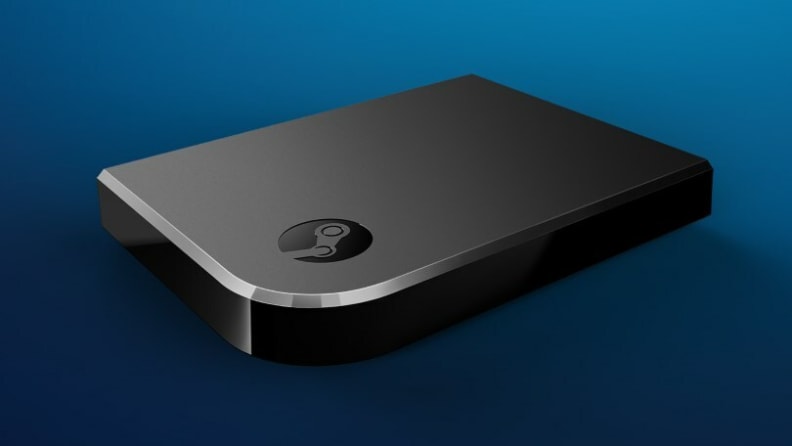
While the physical Steam Link is no longer sold, you can still get the Steam Link software on a Raspberry Pi thanks to the publicly available kit from Valve.
If you have a big library of games on Steam, you may be wondering how to hook up your computer to your living room TV. While you can directly wire your computer to your TV as you would connect a display, Steam Link lets you stream games wirelessly. All you need is Steam installed on your computer and a Steam Link-enabled device linked to your TV.
You can use a Raspberry Pi, as seen in this guide. All it takes is two lines of code! If you’re having trouble with the setup, you can read this Steam FAQ or try sending a support ticket.
Sadly, there are a couple of drawbacks to this setup. The Raspberry Pi 4 isn’t the fastest hardware around, so you may need to stream your games at 1080p or even 720p to get as little lag as possible. The Chromecast Ultra and Nvidia Shield are also an option for streaming games, although the Raspberry Pi offers many other functionalities.
Make an electronic instrument with Scratch
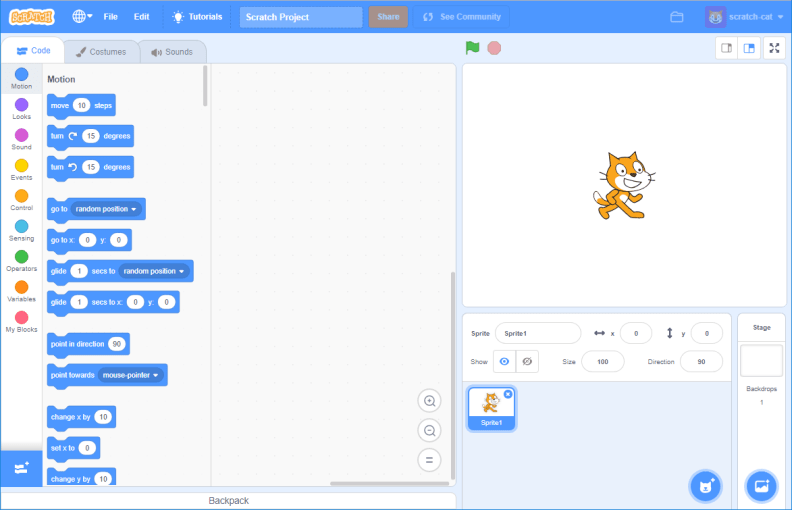
Scratch is a simple to use tool designed to teach anyone how to organize programs.
Scratch is a pseudo-coding language created to introduce people to the fundamentals of programming—no coding knowledge is required.
Think of it like coding blocks you string together. Scratch and Raspberry Pi teamed up to make a tutorial that shows you how to make your own custom instrument, whether it be a drum kit or a violin, that can play sounds through a synthesizer. It’s one of the coolest, beginner-friendly projects around.
Challenge project: real-time movement tracking

There are many Raspberry Pi kits available for purchase to make things like remote-controlled toy cars or self-operating cranes.
Unsurprisingly, you can use a Raspberry Pi to do some really cool artificial intelligence (AI) and machine learning (ML) work. This detailed guide walks you through making a tracker with object recognition using a camera and TensorFlow, a deep-learning framework.
For those unfamiliar with deep learning, TensorFlow acts as a prebuilt, all-in-one platform for machine learning that comes loaded with a host of premade functions. Executing ML projects becomes a lot simpler and faster than if you were to construct the project from scratch.
This exercise, developed by an ML engineer at Slack, develops an object tracker that can pan and tilt the camera to follow the object in real life. Most of the hard work is already done for you; Leigh Johnson created and compiled all the necessary libraries you’ll need to get the project running. While the guide is written for people with passing familiarity with both Raspberry Pi and some Python programming, it is simple enough for most beginner programmers to understand.
The product experts at Reviewed have all your shopping needs covered. Follow Reviewed on Facebook, Twitter, and Instagram for the latest deals, product reviews, and more.
Prices were accurate at the time this article was published but may change over time.


